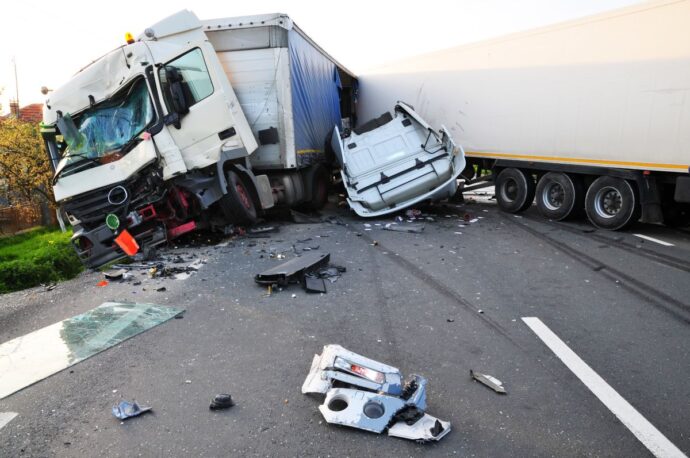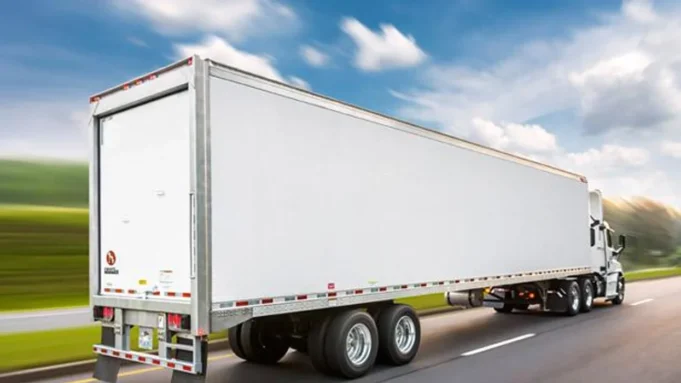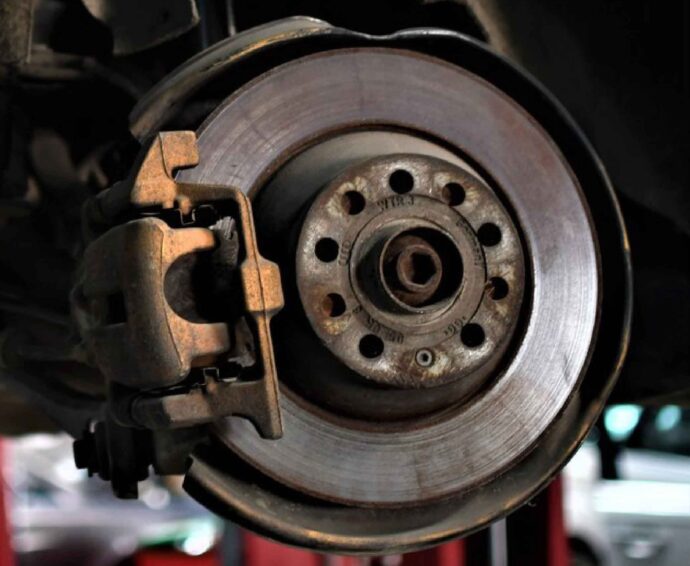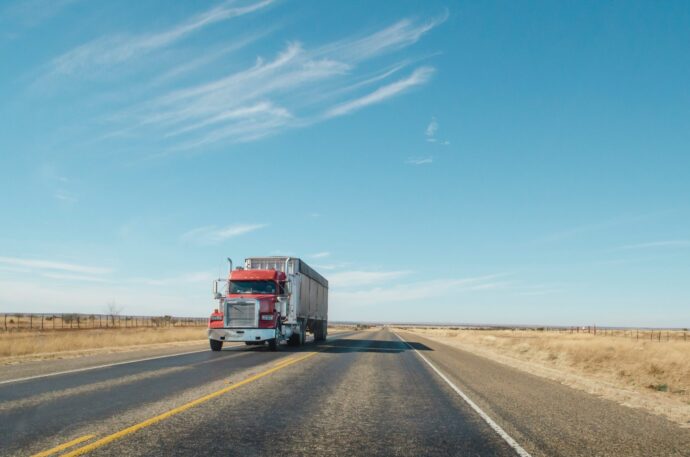Accidents are a common occurrence on the highways, especially with the number of large, commercial tractor-trailers on the roads these days. A tractor-trailer is a type of transport vehicle consisting of a semi-tractor and trailer attached to its rear.
Due to the vehicle’s extraordinary size and weight, as well as the length of its trailer, drivers often find it hard to navigate bends and curves on the road. These vehicles can quickly become impossible to handle if a driver exceeds the speed necessary to safely navigate difficult bends in the road. Failure to exercise appropriate caution on the roads leads to major mishaps and accidents.
Smaller vehicles that share the roads with tractor-trailers are at a severe disadvantage, especially during peak traffic times. Smaller vehicles may be difficult to pass or follow if the tractor-trailer is driving dangerously or is otherwise not following federal safety regulations.
All drivers who share the roads need to abide by safety regulations to ensure that there are fewer accidents on the roadways. Failure to do so is dangerous and can lead to accidents.
Avoiding Truck Collisions

Motor Vehicle Accidents involving large commercial trucks and passenger vehicles are high in comparison to other types of vehicle accidents. Tractor-trailer drivers are required by law to follow strict safety regulations before, during, and after driving to keep the roads safe. To reduce the number of such accidents in the future, here are ten safety measures that will help prevent future tractor-trailer accidents:
- Visibility plays a vital role in passenger vehicle safety. Tractor-trailers have blind spots. Large trucks like these also need ample room to negotiate turns. Due to the vehicle’s size, tractor-trailer drivers may not have great visibility when navigating certain turns. The tractor-trailer should try to ensure that any passenger vehicles are visible in the side or rear view mirrors. If not visible, there is a chance that the driver will not see the other vehicle, which can cause an accident. It is generally a good rule to maintain a distance of approximately four cars when traveling behind a tractor-trailer. This will help to prevent hazardous situations caused by the vehicle’s blind spots, such as drifting into an occupied traffic lane, which could prove to be dangerous for a passenger vehicle also traveling in the lane.
- Do not attempt to travel between or closely in front or behind multiple tractor-trailers simply because you are in a rush. If these trucks are forced to negotiate a blind spot, your vehicle could be in danger of being hit. The best possible option is to maintain safe travel speeds and distance between your vehicle and the tractor-trailer. Smaller vehicles that attempt to squeeze themselves in between two large tractor-trailers place themselves and others on the road in grave danger.
- Do not attempt excessive speeds to pass ahead of a tractor-trailer. Passing smaller, passenger vehicles is relatively easy, but for large commercial vehicles, patience can mean the difference between life or death. Passing at high speeds is dangerous. In order to do so as safely as possible, it is best to gradually increase speed beyond what the other vehicle is traveling at and pass into their lane once you have achieved a safe distance. The length of tractor-trailer trucks makes this difficult to do safely. If you must pass a tractor-trailer, ensure that you do so in accordance with signs and lane markers, and otherwise avoid passing on hills, sharp turns, and two-lane roads.
- Another mistake often made by regular passenger vehicles when negotiating tractor-trailers is switching lanes too closely in front of the truck. Unlike number 3 above which refers to speeding up to pass a vehicle, this concerns moving into the vehicle’s lane once passing it. It is important to ensure that there is enough space for the truck to maintain or safely modify speed when a vehicle has passed in front of it. Heavy commercial vehicles have special braking systems for use in the case of an emergency, but these brakes can result in the vehicle toppling over or veering off of the road. It is usually best if they do not have to employ emergency brakes.
- Regarding braking, bigger vehicles can not stop suddenly. For example, they would not be able to steer out of the way of a multi-vehicle accident should one suddenly happen. It is important to maintain safe distances, which will depend on your speed of travel, between your vehicle and a tractor-trailer. Whenever possible, use your turn signals, headlights or hand signals to notify a tractor-trailer driver of your intentions to pass them, slow to a stop, or turn.
Source: gomechanic.in
- Driving courteously and safely on the roadways can save lives. Reckless, wanton, and negligent driving endangers the lives of nearby motorits, pedestrians and property. Larger vehicles have trouble speeding up or slowing down quickly because of their large engines and the massive amounts of cargo they carry. Tractor-trailer drivers are required to adhere to speed limits, safely negotiate blind spots, and follow all rules of the road. Negotiating dense traffic is difficult. Large and small vehicles alike should drive carefully and courteously to prevent avoidable accidents.
- Accidents involving tractor-trailers are usually catastrophic, mostly due to the size and type of cargo they carry. A single motorist’s mistake or negligence can cause tractor-trailer accidents involving several cars at a time. Reckless speeds and changing lanes to bypass a tractor-trailer can lead to devastating collisions that could injure or kill several people at a time. Do not drive recklessly.
- If you must pull over on the highway, turn your emergency hazard lights on to warn oncoming traffic that you are there. Try to find a wide shoulder or safe spot on the roadside as far away from traffic as possible, especially if you are between exits. Take every precaution possible to warn any oncoming tractor-trailer drivers that you have pulled over. It only takes a moment’s distraction to cause a lifetime of pain and suffering.
- Speaking of distractions, you should place all electronic and other distracting devices out of reach while you are driving, especially during peak travel times, or when there are tractor-trailers in the vicinity. Long drives and longer hours can cause boredom and fatigue. It is common for tractor-trailer drivers to lose focus on the road and speed. A passenger vehicle driver is in a better position to react to a dangerous situation because its size makes it more responsive to braking and steering than a tractor-trailer. All drivers should pay attention to the road when driving, but especially when traveling alongside tractor-trailers.
- Traveling on the highways requires adherence to proper road safety rules and courtesy for other drivers. You should be mindful of tractor-trailers and other large vehicles sharing the roads. Give others sharing the road ample warning of any navigational changes, such as turning or braking. Mutual consideration of road rules will help avoid future accidents.
Source: mmrbhlawoffice.com
Safety Should Be a Priority
Following safety measures will enable all drivers to avoid getting into accidents, which in turn avoids the loss of life, injury, or property damage. Understanding the challenges that commercial truck drivers face can help smaller motor vehicle drivers avoid dangerous circumstances. By exercising caution, motor drivers can avoid accidents, making the roads a safer place to travel.
Colliding with a tractor-trailer can cause catastrophic injuries, fatalities, and extensive property damage to the vehicles. If you have been in a motor vehicle or tractor-trailer accident, consult an experienced accident attorney to represent.

















